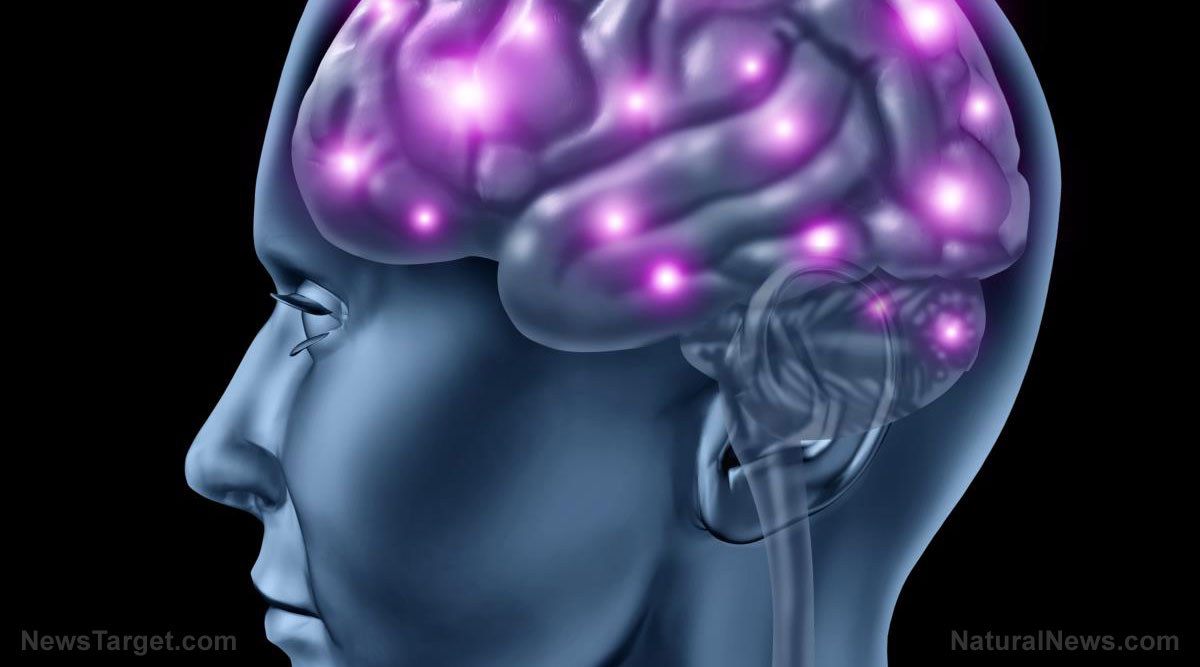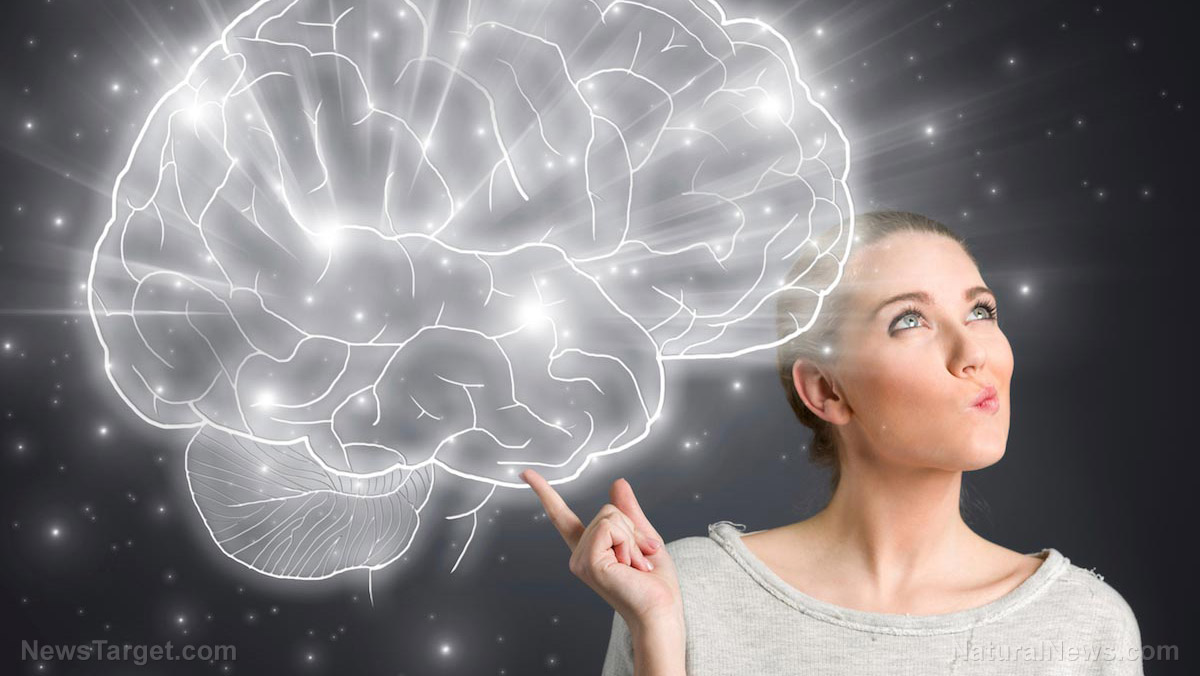Understanding synesthesia: Why some people “hear” silent flashes
06/08/2018 / By Zoey Sky

Have you ever “heard” silent flashes? You might have a condition similar to synesthesia, where you can perceive one sense differently.
According to a study, at least one in five people may have signs of a synesthesia-like phenomenon where they can “hear” silent flashes or movement.
Researchers from the City University of London report that even if there isn’t that much scientific data about this effect, “visually-evoked auditory response” (vEAR) is more common than other types of synesthesia, where some sounds may evoke certain colors.
Flashing lights and motion may evoke vivid sounds in people who experience vEAR. This association could also be the reason behind other connections between sound and vision, like why people prefer to listen to music that’s synchronized with flashing lights or dance.
vEAR can also help experts study what’s happening in the brains of individuals with synesthesia. The effect’s high prevalence makes it easier to examine certain mechanisms responsible for cross-sensory perception. (Related: Synesthesia: Scientists trained people’s brains to see letters as having distinct colors, and it improved IQ by 12 points.)
vEAR and auditory and visual events
Even though other typical synesthesias have a prevalence of about 4.4 percent, the vEAR effect recently made the rounds on social media after some “noisy GIFs,” such as a “thudding pylon” GIF, have been retweeted thousands of times.
The pervasiveness of the effect could be more pronounced than other kinds since auditory and visual events are closely linked compared to other types of synesthesia that have to do with color and visual forms.
For the study, researchers spearheaded the first large-scale online study of vEAR. A total of 4,128 participants answered a survey, with 1,058 individuals also answering other trait-related questions.
For the survey, participants viewed 24 silent video clips that showed meaningful or abstract subjects that are either moving slowly, quickly, smoothly or suddenly. The clips included a ballet dancer doing a pirouette and a hammer hitting a nail.
The participants also responded to multiple choice questions in the survey about demographics, experience of vEAR, and other attributes.
Based on the survey results, the researchers determined that there was a significantly higher prevalence of the vEAR. At least 21 percent of the 4,128 participants reported that they had previously experienced vEAR. The results also showed that meaningless abstract visual stimuli can still elicit vivid sounds.
All the participants who answered “yes” to experiencing vEAR were particularly sensitive to the “pure motion energy present in videos such as swirling or patterns that were not predictive of sounds.”
The researchers also found that vEAR was linked with certain phenomena like tinnitus and musical imagery. This connection implies that physiological factors, e.g., raised cortical excitability in the brain, could also explain these phenomena.
Dr. Elliot Freeman, study author and a Senior Lecturer in Psychology at the City University of London, said that there are individuals who “hear what they see.” Sights and sounds like car indicator lights or flashing neon shop signs can evoke an auditory sensation.
Dr. Freeman noted that these sensations could occasionally “reflect leakage of information from visual parts of the brain into areas that are more usually devoted to hearing.” When exposed to any abstract visual motion or flashing, people with extreme forms of this crosstalk can feel like they hear sounds.
Dr. Christopher Fassnidge, the paper’s first author, concluded that the findings provide a fascinating insight into the various ways that some individuals perceive their surroundings.
Since the phenomenon is common, researchers now have a chance to examine and learn more specific mechanisms in the brain that cause these synesthetic effects. Dr. Fassnidge, who completed his Ph.D. at the City University of London, shared that they can soon use their findings to start building “a picture of the types of people who may have this Visual Ear.”
Fast facts on synesthesia
- Synesthesia is often defined as “senses coming together,” or a translation of the Greek term for the phenomenon (“syn” meaning together, “esthesia” from aesthesis meaning sensation).
- Synesthesia refers to when a certain sense or part of it is activated and a different and unrelated sense or part of a sense is simultaneously activated.
- An example of synesthesia is when a person hears a sound and they immediately visualize a color or shape in their “mind’s eye.”
- People with synesthesia are called synesthetes.
You can read other articles about synesthesia and other similar phenomena at Brain.news.
Sources include:
Tagged Under: Brain, brain function, cross-sensory perception, hearing, perception, pure motion energy, science, sight, silent flashes, Sound, sound and vision, synesthesia, synesthetic effects, vEAR, vision, visual ear, visually-evoked auditory response




















